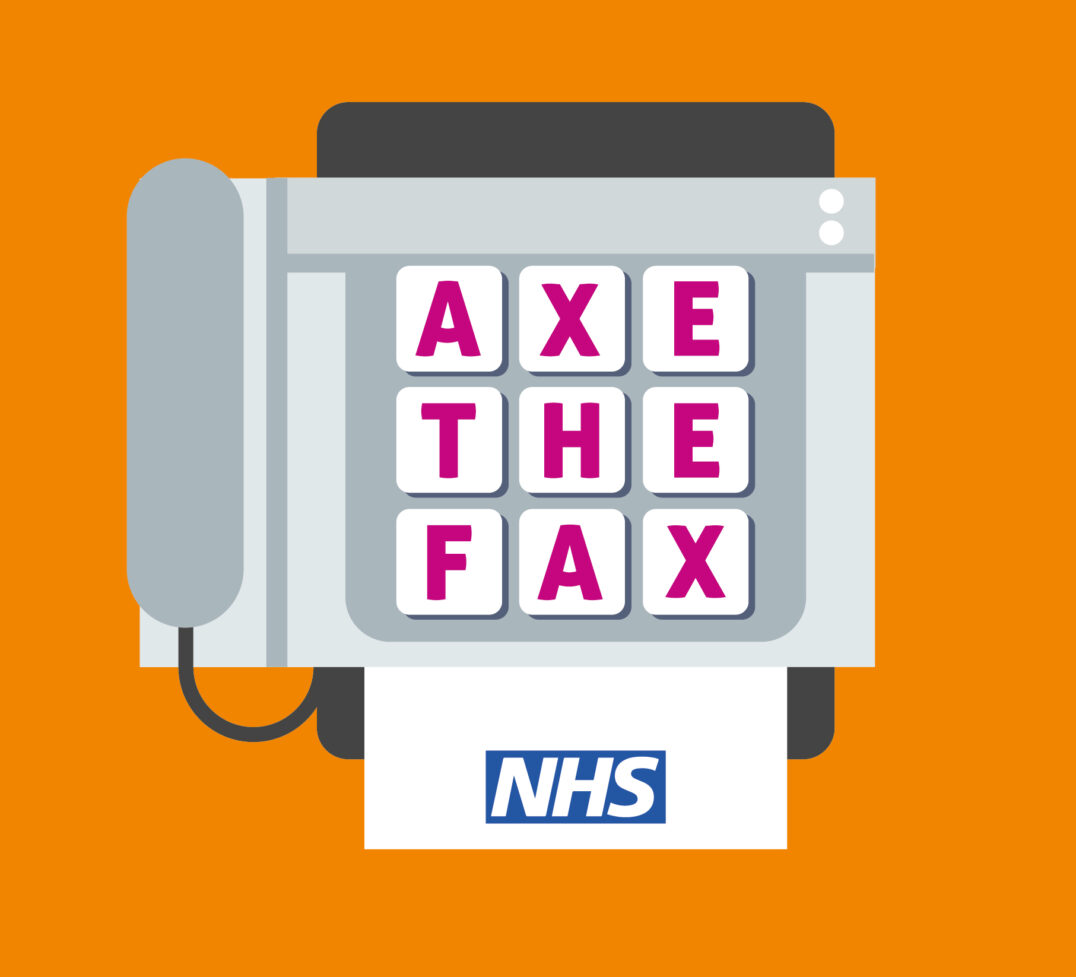Q&A with South West Yorkshire Partnership NHS Foundation Trust
What prompted you to start your ‘axe the fax’ campaign?
Work had already begun to remove the faxes when the Paper Digitisation Team was established; this was in line with the NHS directive to do so.

What were/are fax machines predominantly used for in your organisation?
Predominantly, faxes have been used for, prescription cards, verification of deaths to GP’s and referrals to and from other NHS Trusts.
How many fax machines did you have in your organisation when you started your campaign?
When the Paper Digitisation Team was established in March 2019, there were 87 faxes to remove.
Have you managed to reduce this number?
We have reduced the original number by 80% so far, we currently have 18 to remove, and we are working with these teams on their removal.
Are you confident of meeting Matt Hancock’s deadline to remove all fax machines in use by 31st March 2020?
Yes! We are working with teams to develop new ways of working and establishing links with partner organisations to make this transition easier.
Did you have a strategy in place for your ‘axe the fax’ campaign?
No strategy as such, we had a list of the areas that had fax machines, these were divided between team members which we then made contact with to work through their removal of faxes. We had a list of options for alternative methods to faxing, top tips and materials for the services to use such as, fax back templates and fax logs.
Did you use any ideas or resources from the axe the fax campaign?
We did! We used the ‘axe the fax’ slogan and the image of the fax.
How did you engage staff with your axe the fax journey?
We used our internal communications team to post information in the weekly electronic newsletter; we created a page on our intranet with all the information the services needed; we created posters and faxed services and word of mouth.
What alternatives to fax did you find/implement?
Our Trust didn’t purchase any alternatives to faxes; we worked with teams to develop new ways of working without the need for faxes.
What has been your biggest challenge?
One of our biggest challenges has been contingency planning for services and getting people to buy in.
Has anyone been hesitant about moving on from fax?
Some services used the fax as a ‘just in case’ so this has been difficult to encourage alternatives to faxes.
Have you kept any fax machines for business continuity?
In line with the directive, we are aiming to have all fax machines removed by the specified deadline.
Why do you think it’s important to ‘axe the fax’?
Faxing was useful in its day but technology advanced so much that we can’t rely on this archaic method. By axing the fax we’re reducing information governance breaches, we’re reducing the amount of paper used which is working towards us being more sustainable and we’re looking at developing our working practices.
Do you have any advice for other organisations looking to get rid of their fax machines?
Engagement with the services has been crucial to removing faxes and clear communication by varying means (not everyone reads emails/intranet).
Have you realised any benefits since making the switch from fax?
From a patient perspective, their information is more secure. Services receive the information quicker. From a Trust perspective, once all lines have been ceased there will be a saving of nearly £16,000.
.